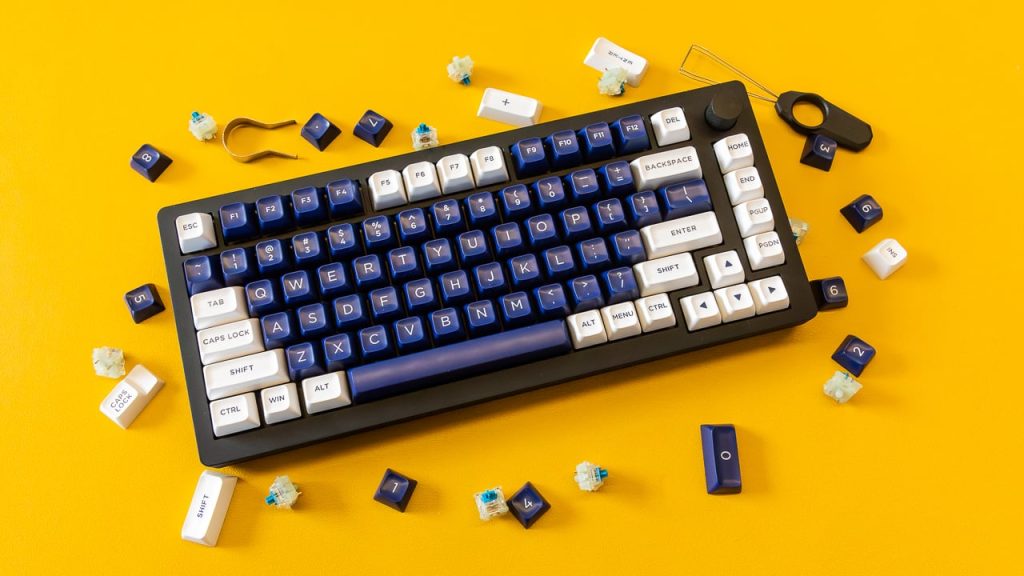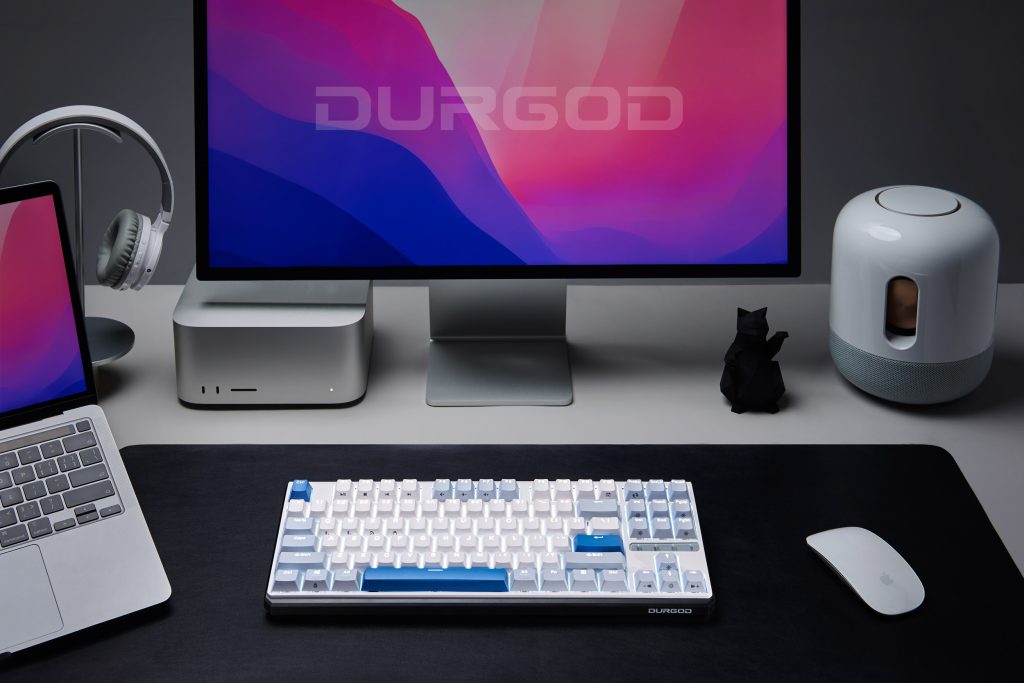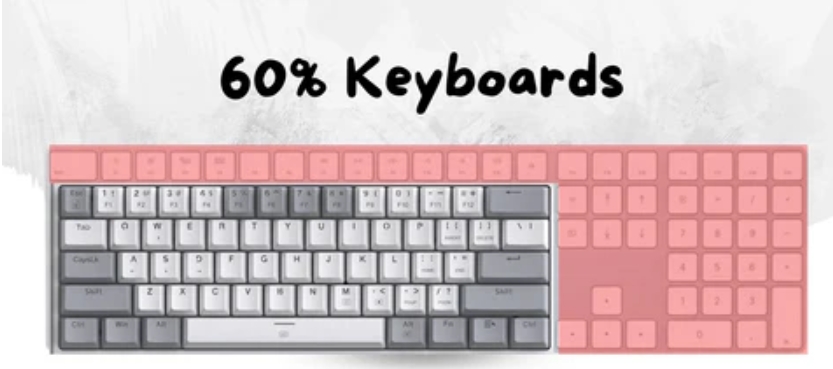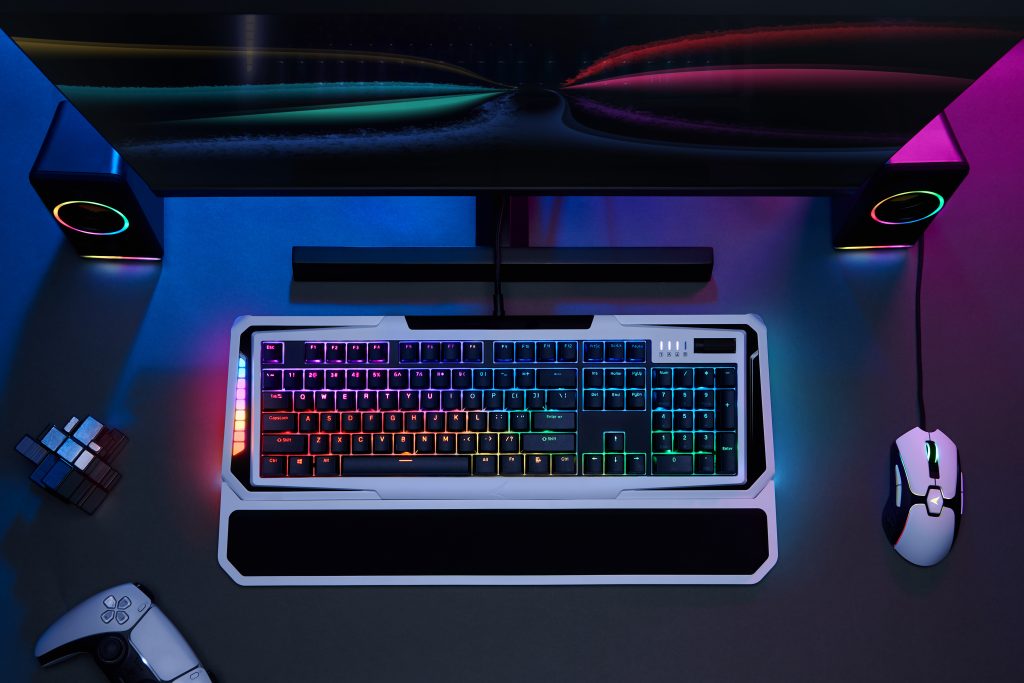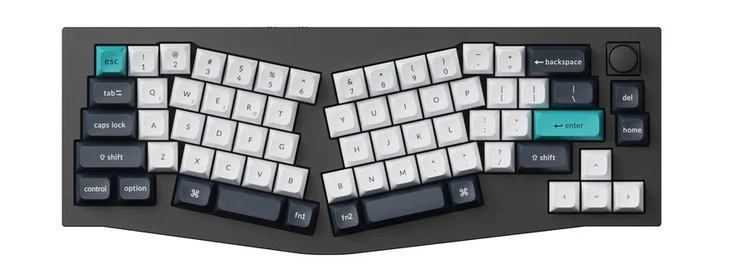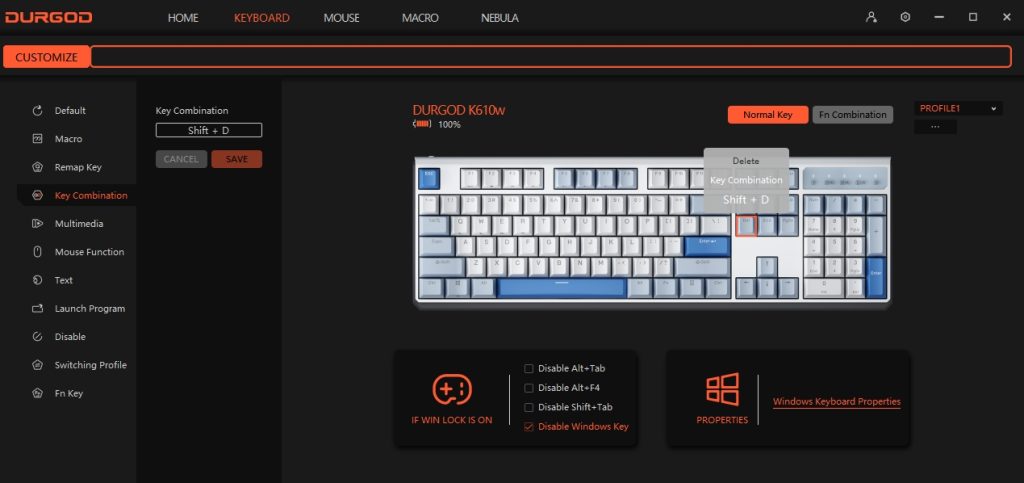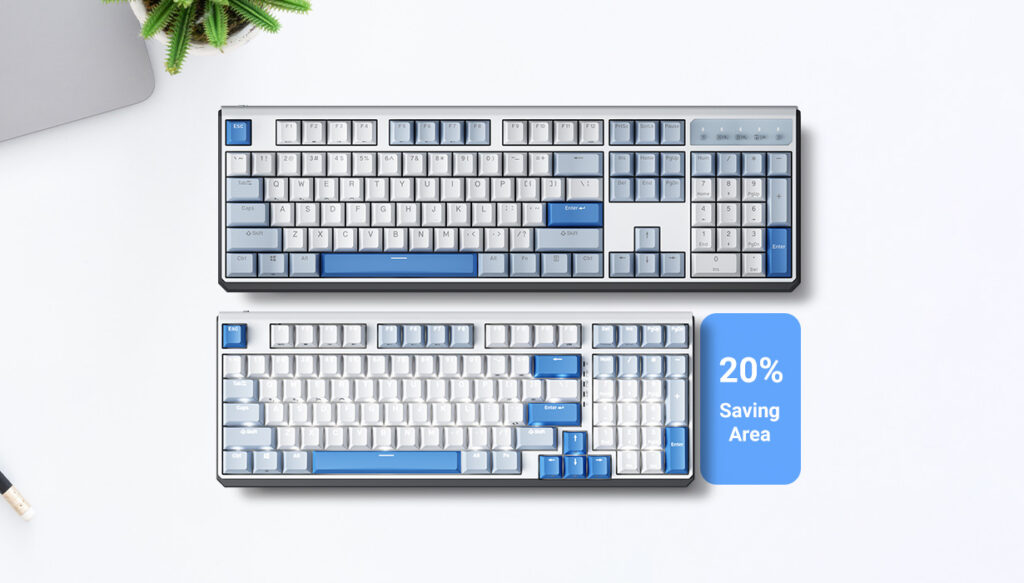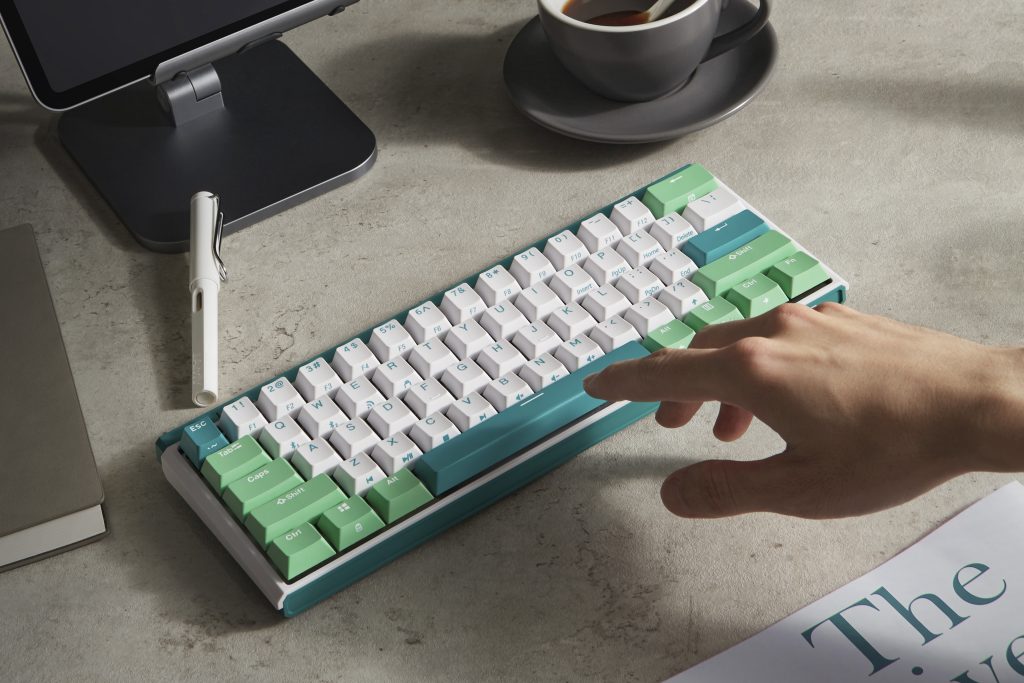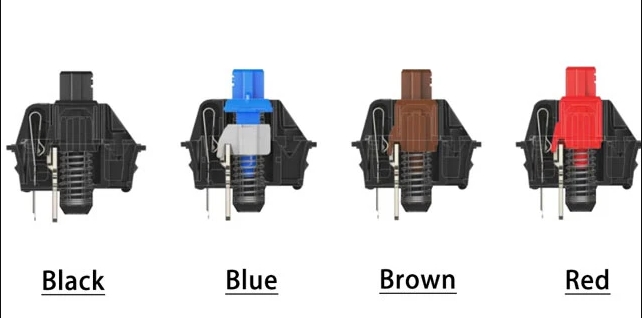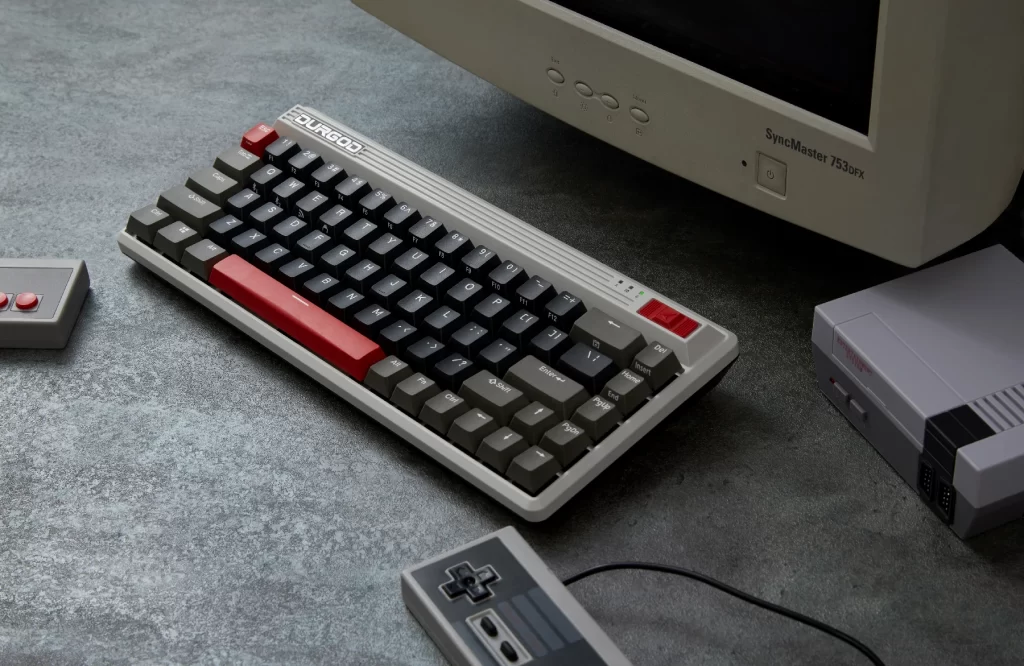In the intricate world of mechanical keyboards, choosing the right layout—QWERTY, DVORAK, or COLEMAK—is as pivotal as selecting the switch type. Whether for gaming, writing, or coding, this choice can significantly affect your typing dynamics. Let’s delve into these popular keyboard layouts, understanding their origins, functionalities, and ideal user profiles.
-
QWERTY: The Standard Bearer
Originating in the 1870s with Christopher Sholes’ design for typewriters, the QWERTY layout aimed to minimize jamming by spacing out common letter pairs. It has become the universal standard for keyboards, including both office and gaming varieties.
- Functionality: Suited for general use with widespread acceptance.
- Popularity: Its ubiquity stems from global standardization and educational adoption.
- Ideal Users: Best for those accustomed to the conventional layout and frequent users of communal or varied devices.
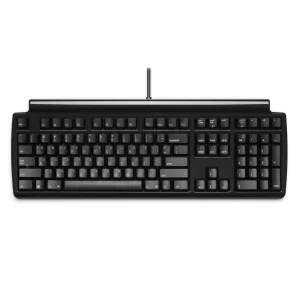

-
DVORAK: The Efficiency Maven
Developed in the 1930s by Dr. August Dvorak, this layout prioritizes efficiency and typing speed. It strategically places the most used English letters on the home row to reduce finger movement.
- Functionality: Aims for speed with minimal finger travel.
- Popularity: While less common than QWERTY, DVORAK attracts enthusiasts of typing efficiency and speed.
- Ideal Users: Speed enthusiasts and those open to mastering a new layout for efficiency gains.
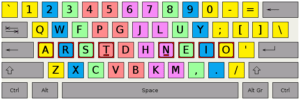
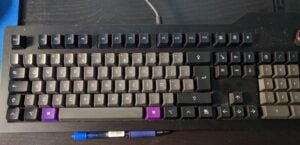
-
COLEMAK: The Contemporary Choice
A 2006 innovation, COLEMAK modifies 17 QWERTY keys to offer an ergonomic typing experience that minimizes finger movement while keeping changes from QWERTY minimal.
- Functionality: Focuses on ergonomics and efficiency with slight deviations from QWERTY.
- Popularity: Gaining ground among users seeking ergonomic benefits without straying far from QWERTY.
- Ideal Users: Those desiring ergonomic improvements without the steep learning curve away from QWERTY.
Conclusion
Selecting a keyboard layout should reflect your specific needs—be it QWERTY’s familiarity, DVORAK’s efficiency, or COLEMAK’s ergonomic balance. Each layout presents unique benefits tailored to different typing preferences and requirements.
Choosing Your Layout:
- QWERTY: Opt for universal familiarity and compatibility.
- DVORAK: Choose for efficiency and speed, ready to embrace a learning curve.
- COLEMAK: Select for a modern, ergonomic approach with minimal transition from QWERTY.
Your layout choice shapes your typing experience, whether it’s for casual use, professional endeavors, or gaming adventures.
For more knowledge of mechanical keyboards, visit DURGOD.




